Just a few years ago, it was a rare sight to see hybrid clubs and fairway woods in the bags of pro-golfers. Those playing the PGA Tours relied on their long irons for their shots.
Whether you are a beginner or a professional, do you view your hybrids and woods as the last-minute replacements for your irons?
Or do you view them as class weapons for your game? While there are major differences between the 3-wood and a 3-hybrid, the circumstances and the skill of the golfer play an important part in deciding which one is suitable for your next game.
Related Content:
- Taylormade Ardmore 2 vs 3: How Do They Compare?
- Srixon Soft Feel vs AD333: Which One Should You Buy?
Understanding Your Clubs
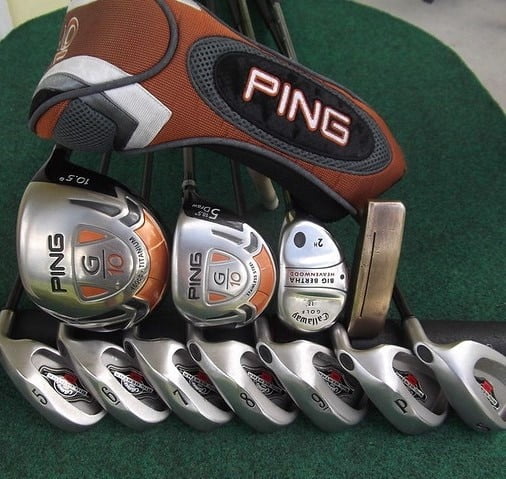
Let’s get started…
The 3-wood is also sometimes called the Fairway wood as they are normally used when the golfer has to hit the ball from the fairway, which usually is the second shot of the game.
The 3-wood has a 13 to 17 degrees loft. A hybrid, or a utility club, is a morph between an iron and a wood whose clubhead is designed in a way that promotes consistent shots with good ball trajectory.
It has a loft of around 19 to 21 degrees. Some of the major differences in the hybrid vs. fairway wood battle are as follows:
Greater Consistency and Accuracy
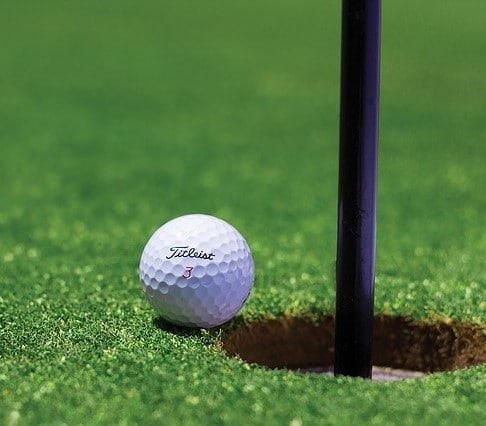
The 3-wood also ensures accuracy due to its greater loft. Compared to a driver, a 3-wood has a double loft which gives twice as much backspin when hit squarely.
If a golfer hits his 3-wood consistently, he may reach 5-par’s in two and may end up inside of 40 yards of the hole. Thus, a player who efficiently uses a 3-wood has a greater advantage over amateur players.
What if the golfer misses the drive? The 3-wood can get the golfer back in the hole and give him some birdie opportunities.
Also, if the driver swing isn’t working they help the golfer hit more fairways. At par 5, it doesn’t matter if you are facing a tight or a rough fairway.
Since the edges of the 3-wood are rounded, the club slides through the grass blissfully and hits the ball for the target. In such situations, an iron will get easily stuck in the grass leading to a serious mishit.
Hitting the Ball

However, in reality, a 3-hybrid works like a 3-iron, while a 3-wood works like a 1-iron. But aren’t hitting 1-iron difficult, or to say, impossible?
Lee Trevino, the retired American professional golfer once famously said, “If you’re caught on a golf course and during a storm you are afraid of lightning, hold up a 1 iron. Even God can’t hit a 1 iron.”
The 3-wood is designed to make playing the 1 Iron easy, whereas the 3-hybrid is designed to make hitting the long iron from the fairway easier. Since 3-hybrids have a shorter shaft, it is easier to control and its deeper head increases the stability of the clubface for straight shots.
Regarding the launch angle, 3-hybrids are known to launch the ball high up in the air due to its back weighting in the head.
Good Contact
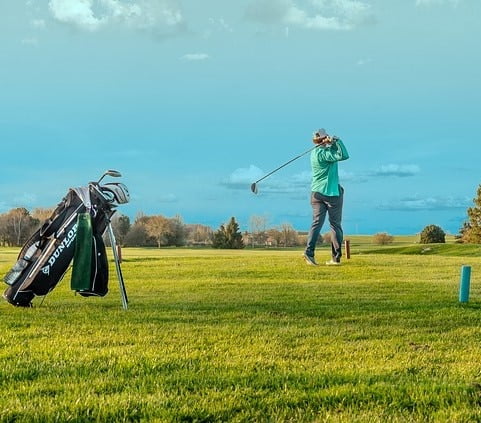
This makes it more forgiving than the 3-wood. While the 3-hybrid launches the ball high in the air, the 3-wood helps in achieving the smooth second shot from the fairway.
Having bad contact will result in faulty swings and ultimately unimpressive results. Therefore, it’s important to go with one that can give you not only good contact but also perfect swings. From the above, you probably know the one now so go for it.
Maximum Distance
Shots played by 3-wood have a greater distance carry than that of a 3-wood.
In situations where accuracy is more important, a prudent golfer will use the 3-hybrid, whereas where distance is the prize, then 3-wood is the best option!
Easy to Hit
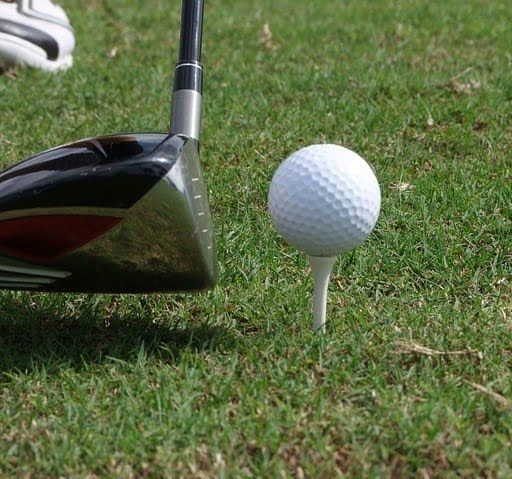
Recreational golfers can thus hit a 3-hybrid with the same trajectory and ball height as the 3 iron. However, does it mean that professionals use the 3-hybrids to play their long shots?
No.
Professional golfers who use irons and woods have the conventional swing skills that let their ball soar higher, which an average golfer fails to reciprocate.
Pro golfers refrain from using the 3-hybrid because it is not technically made for them. The design of a 3-hybrid restricts pro-golfers to effectively plan a shot.
Pro-golfers aim to keep their drives shorter and use their 3-woods to reach 5-par for their next shot. It is better to use a 3-wood when the grass is cut or mown and the ground is hard which helps the ball to roll.
The 3-hybrid is used majorly for off the fairway or out of the rough (where the ground is damp or soft.) This makes the 3-wood more suitable for pro-golfers and the 3-hybrid for amateurs.
3 Wood vs 3 Hybrid – A Recap
To summarize, generally, when the green is clean and clear and you are playing into the wind, the 3-wood will come in handy. However, if you are playing from the rough or an uneven surface, are playing downwind, and are in need of more forgiveness, the 3-hybrid can come to your ‘rescue’.
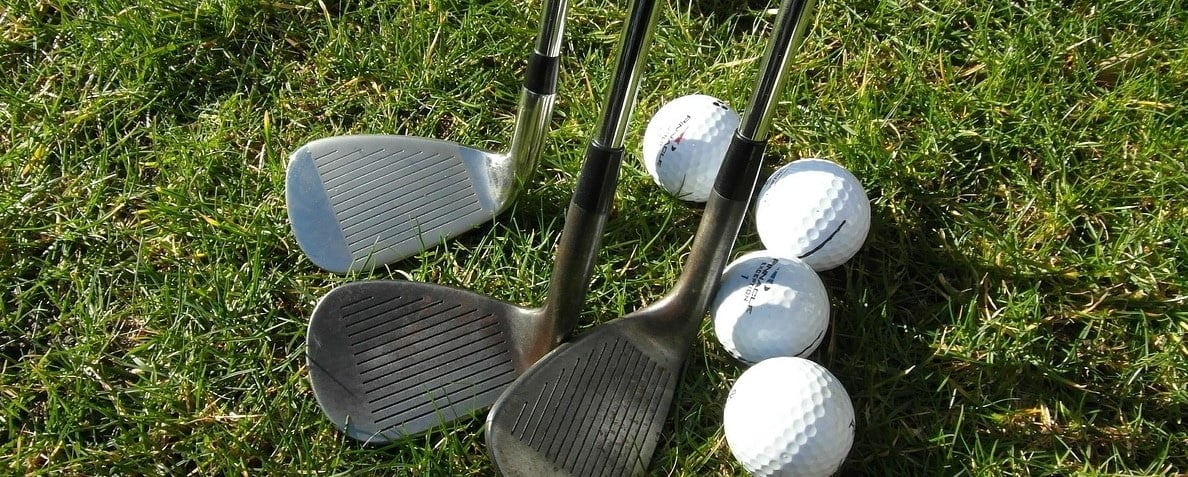
While the debate between the performance of a 3-wood vs. the 3-hybrid continues among golfers, both of these clubs are gaining traction in terms of universal acceptance. More than 70% of PGA Tour champions use these for their game, which makes both of these the most desired clubs of the ever-evolving game of golf. Now, when considering 3 Wood vs 3 Hybrid, you know how they differ and which one might give you better results.